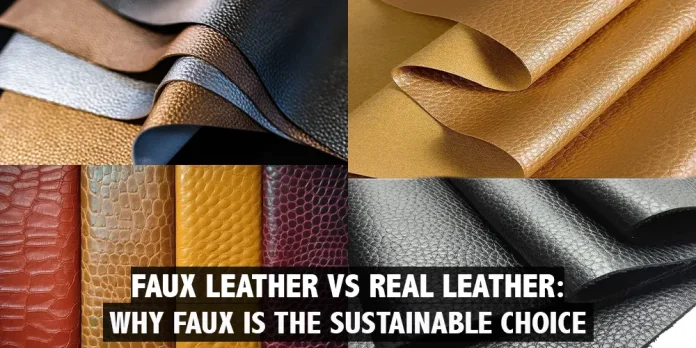Why Faux is the Sustainable Choice
In today’s fashion landscape, the debate between faux leather and actual leather is greater applicable than ever. As sustainability turns into a principal issue for clients and brands alike, faux leather has emerged as a popular opportunity for real leather. This blog explores the key variations between faux leather-based and actual leather-based, highlighting why faux leather is often the more sustainable desire.
Understanding Faux Leather and Real Leather
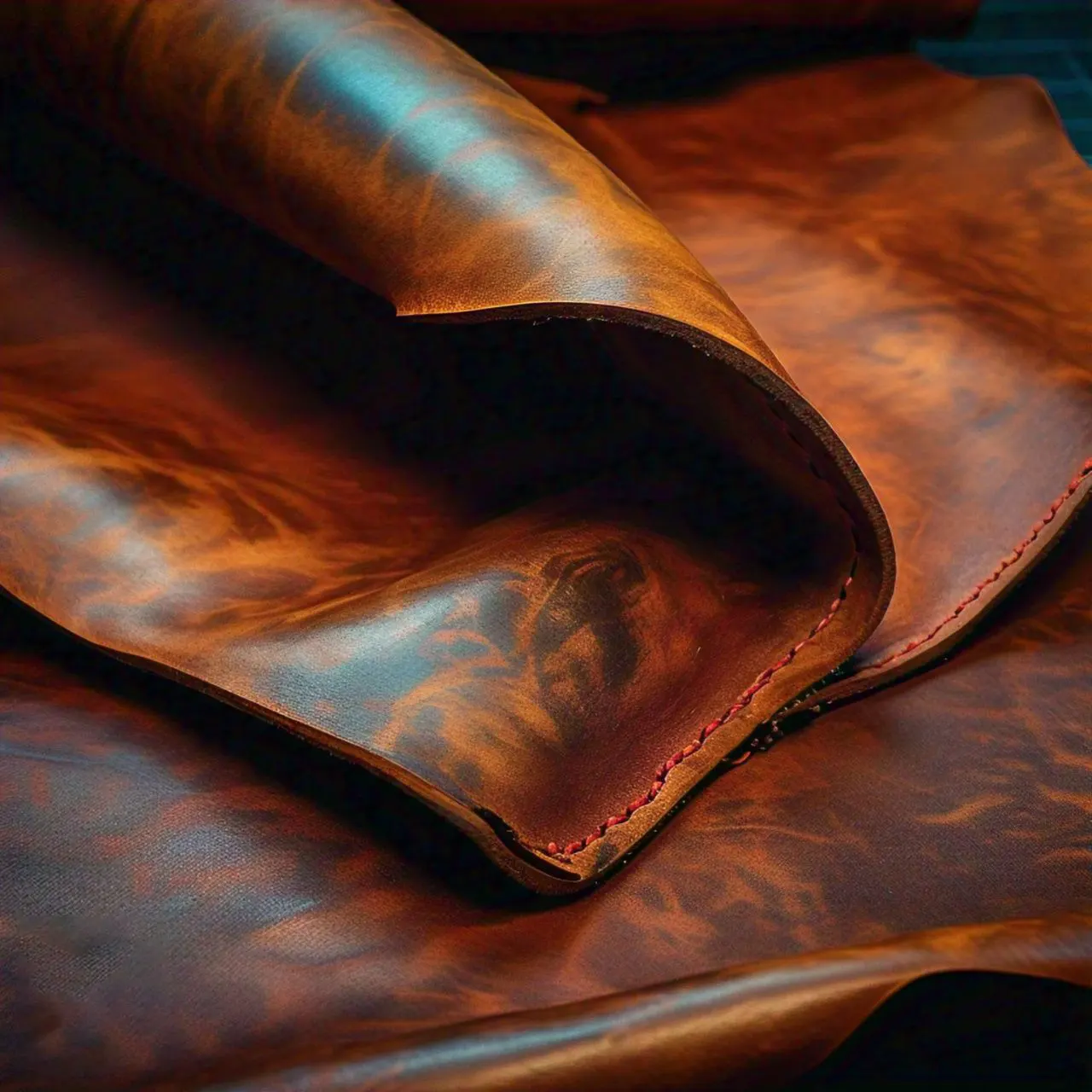
Real Leather:
Real leather-based is derived from animal hides, normally from cows, pigs, or goats. The method entails tanning the hides with the usage of chemical substances or natural techniques to provide a long-lasting and bendy fabric. While authentic leather-based is understood for its longevity and precise texture, its production increases several environmental and ethical worries.
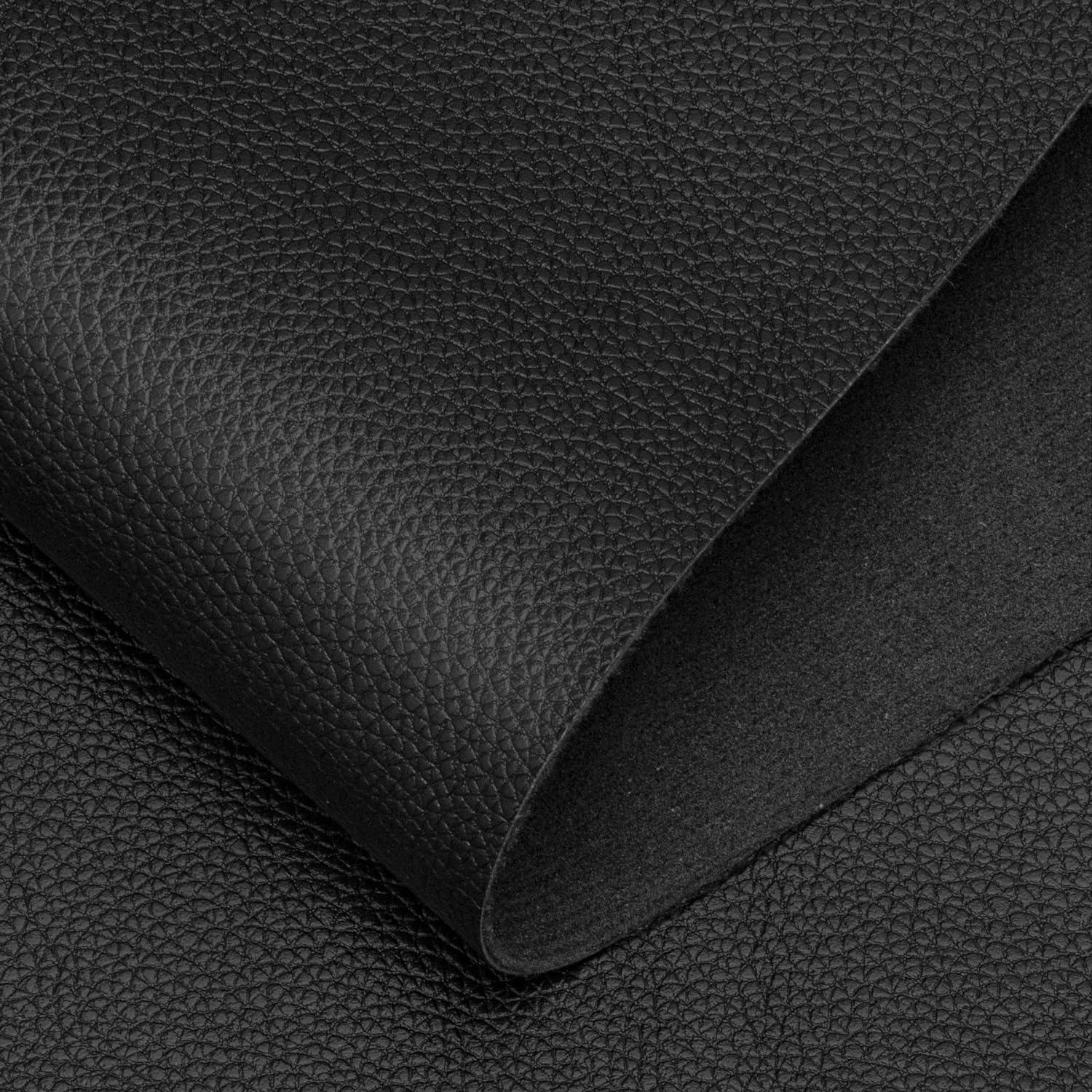
Faux Leather:
Faux leather-based, additionally known as artificial leather-based, is a man-made cloth designed to mimic the arrival and experience of real leather. It is generally made from polyurethane (PU) or polyvinyl chloride (PVC) and is produced by the use of numerous textile bases. Faux leather offers a cruelty-free alternative that can be custom-designed in phrases of color, texture, and end.
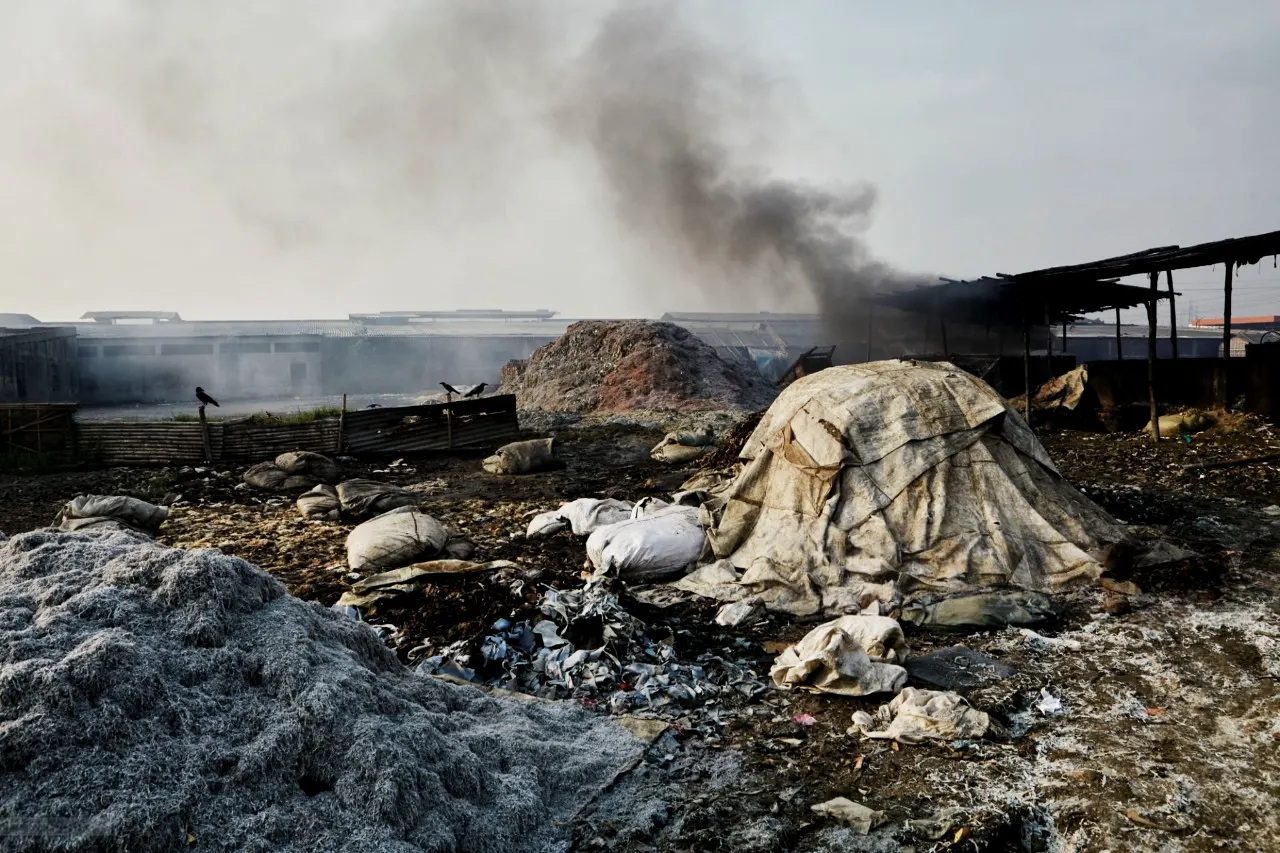
The Environmental Impact
1. Resource Use
Real Leather:
The production of actual leather requires enormous assets, which include water and strength. Tanning methods, especially those involving chemical substances, can cause water pollutants and the discharge of dangerous materials into the surroundings. Additionally, raising livestock for leather products entails considerable land use and greenhouse gas emissions.
Faux Leather:
Faux leather-based production additionally has environmental effects, in general, related to the use of petroleum-based totally substances like PU and PVC. However, advancements in production have brought about the improvement of greater eco-friendly faux leather options, along with those made from recycled substances or plant-based assets.
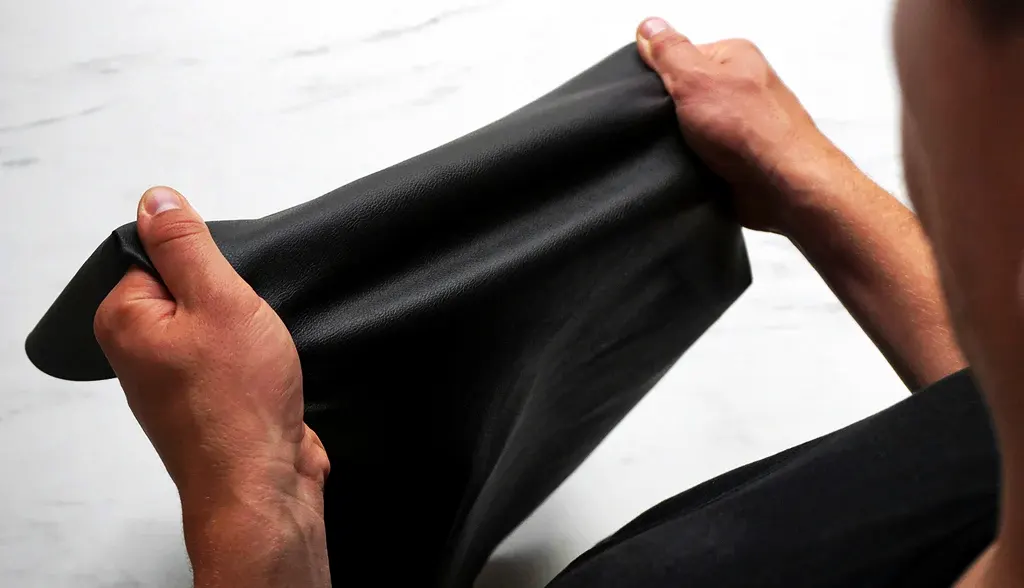
2. Waste and Durability
Real Leather:
Real leather is understood for its durability and sturdiness. A nicely made leather product can close for decades, decreasing the need for common replacements. However, when leather-based goods are discarded, they can contribute to landfill waste, and the decomposition method can release methane, a potent greenhouse fuel.
Faux Leather:
Faux leather’s durability varies depending on the fabric and best. While it could no longer always shape the lifespan of real leather-based, it’s far frequently lower priced and less susceptible to long-term wear and tear. Recycling packages and improvements are rising to cope with the difficulty of faux leather-based waste, which includes the improvement of biodegradable and recyclable faux leather-based alternatives.
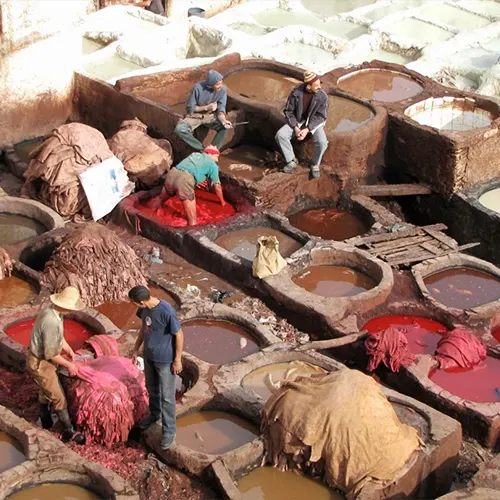
Ethical Considerations
1. Animal Welfare
Real Leather:
The use of animal hides increases ethical issues associated with animal welfare. The leather-based enterprise is related to practices that include manufacturing facility farming and the killing of animals for his or her hides. This has led to a developing call for more humane and cruelty-unfastened options.
Faux Leather:
The production of faux leather involves different working conditions, as it no longer contains the usage of animal hides. It caters to purchasers who are involved approximately animal rights and searching for ethical fashion selections.
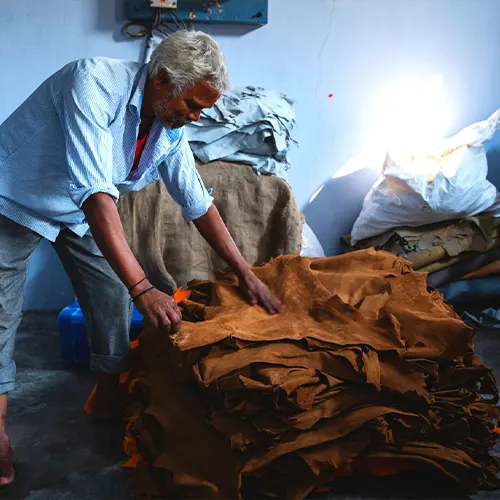
2. Working Conditions
Real Leather:
Leather production frequently takes place in industries with challenging working situations and coffee wages. The effect on people can be sizable, specifically in nations where hard work laws and policies are much less stringent.
Faux Leather:
The production of faux leather includes extraordinary working situations, that may vary primarily based on the manufacturer. Ethical sourcing and honest hard work practices are vital issues inside the faux leather enterprise, and there is a developing emphasis on improving operating situations.
Fashion and Innovation
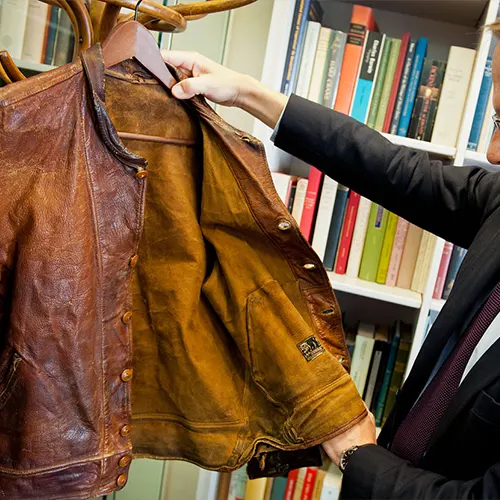
1. Versatility
Real Leather:
Real leather is valued for its particular texture and growing old method, which develops a patina over the years. It can be dyed and completed in diverse approaches to reap a distinct appearance, but it can lack the versatility of faux leather.
Faux Leather:
Faux leather gives significant versatility in terms of color, texture, and design. It may be without problems customized to meet fashion tendencies and customer alternatives. Innovations in faux leather technology continue to make its applications, from clothing to upholstery.
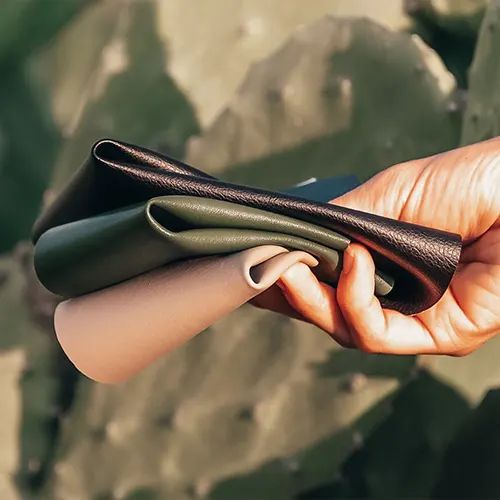
2. Innovations in Faux Leather
Sustainable Alternatives:
Recent trends in faux leather consist of sustainable options made from recycled materials, along with recycled polyester or plant-based fibers. These innovations intend to lessen the environmental footprint of faux leather and align with green-style desires.
Biodegradable Faux Leather:
Emerging technologies are developing biodegradable faux leather merchandise that breaks down extra quickly in landfills, reducing their long-term environmental impact.
Conclusion
The desire for faux leather and actual leather involves considering environmental, ethical, and sensible elements. While actual leather-based boasts sturdiness and a traditional appeal, its manufacturing increases sizeable environmental and ethical worries. Faux leather, then again, offers an extra sustainable and cruelty-free opportunity, with ongoing improvements making it an increasingly viable choice for conscious customers.


